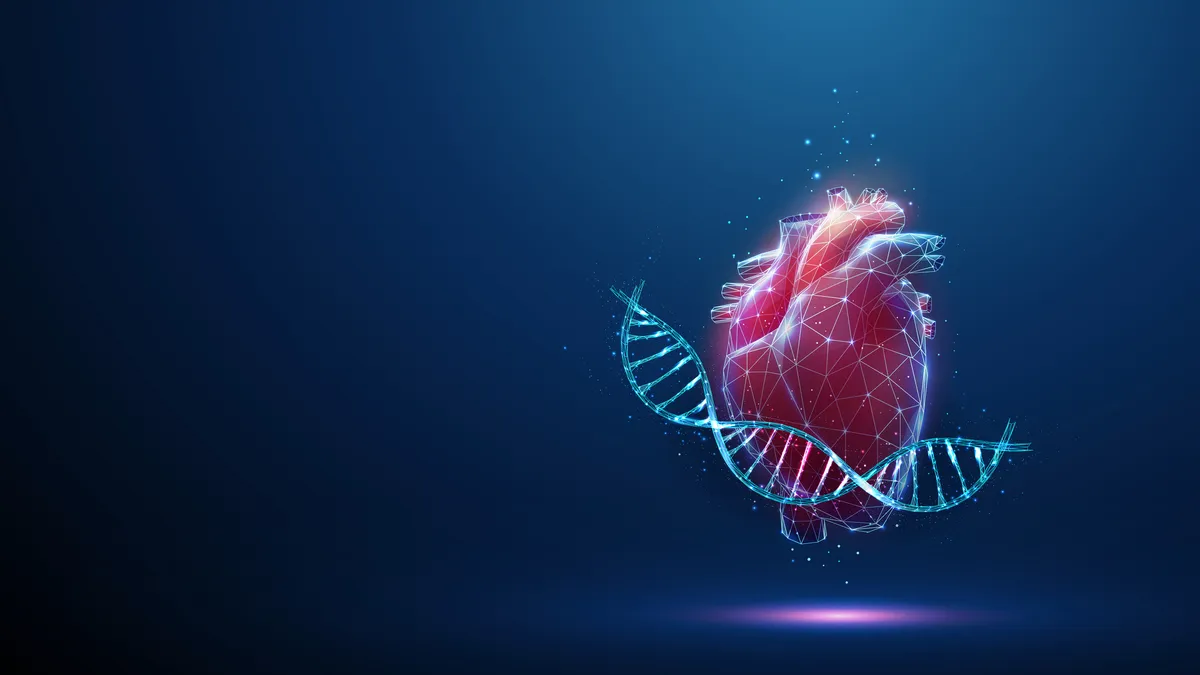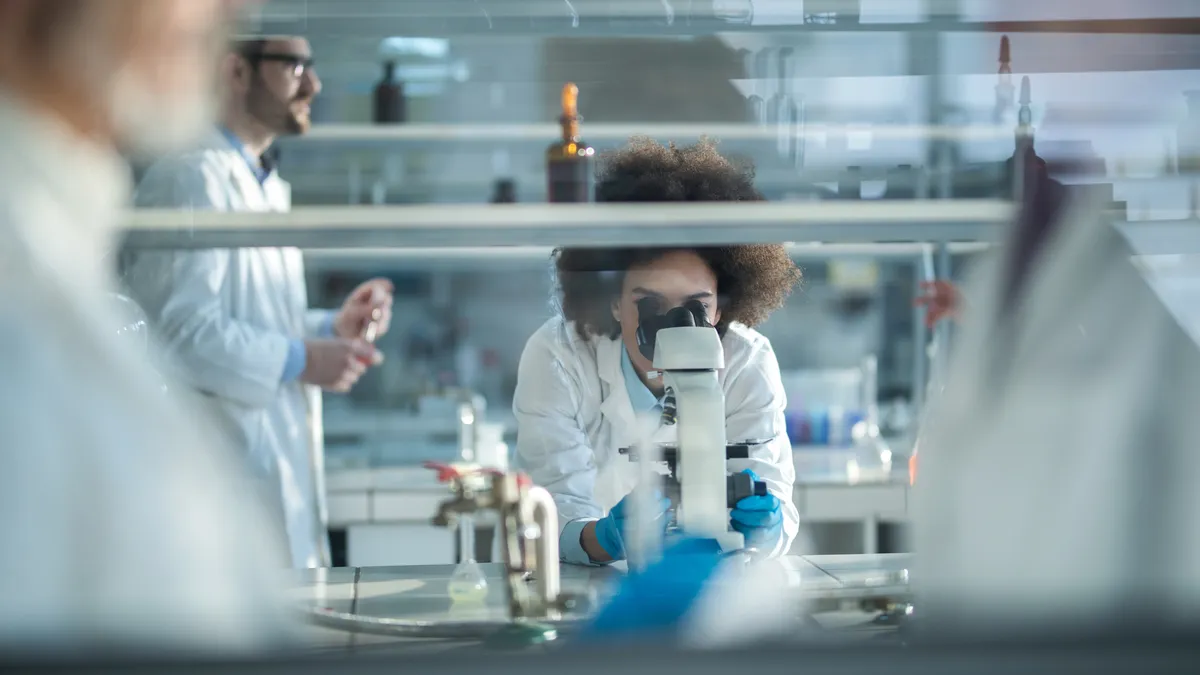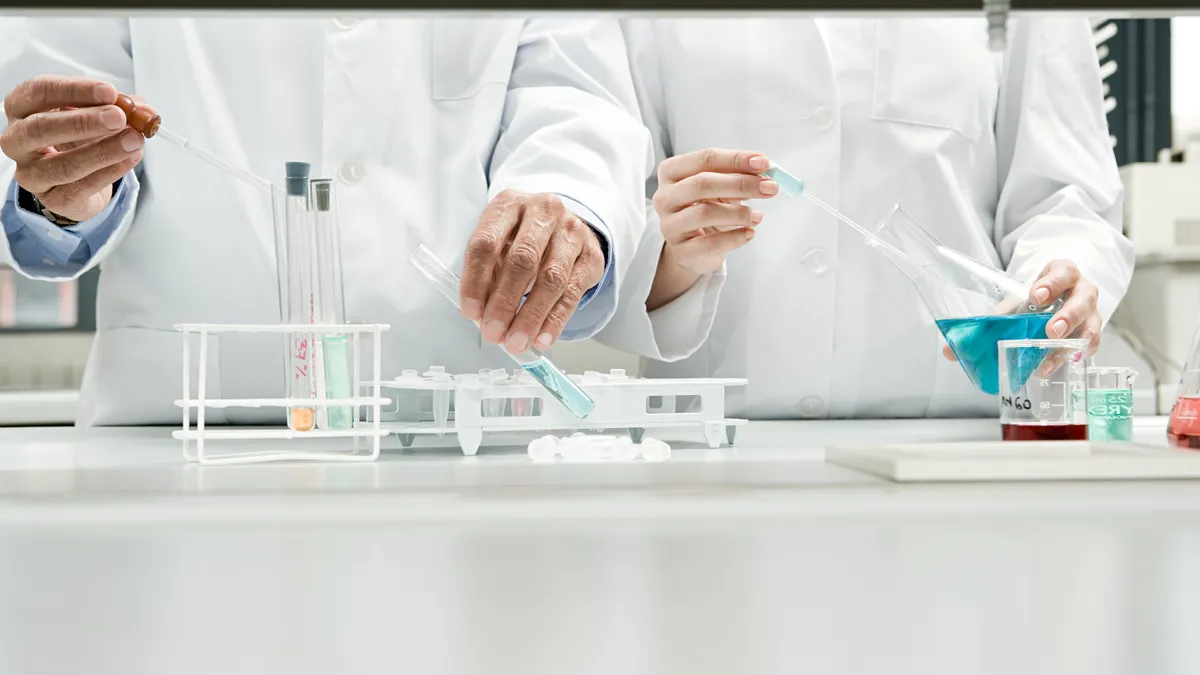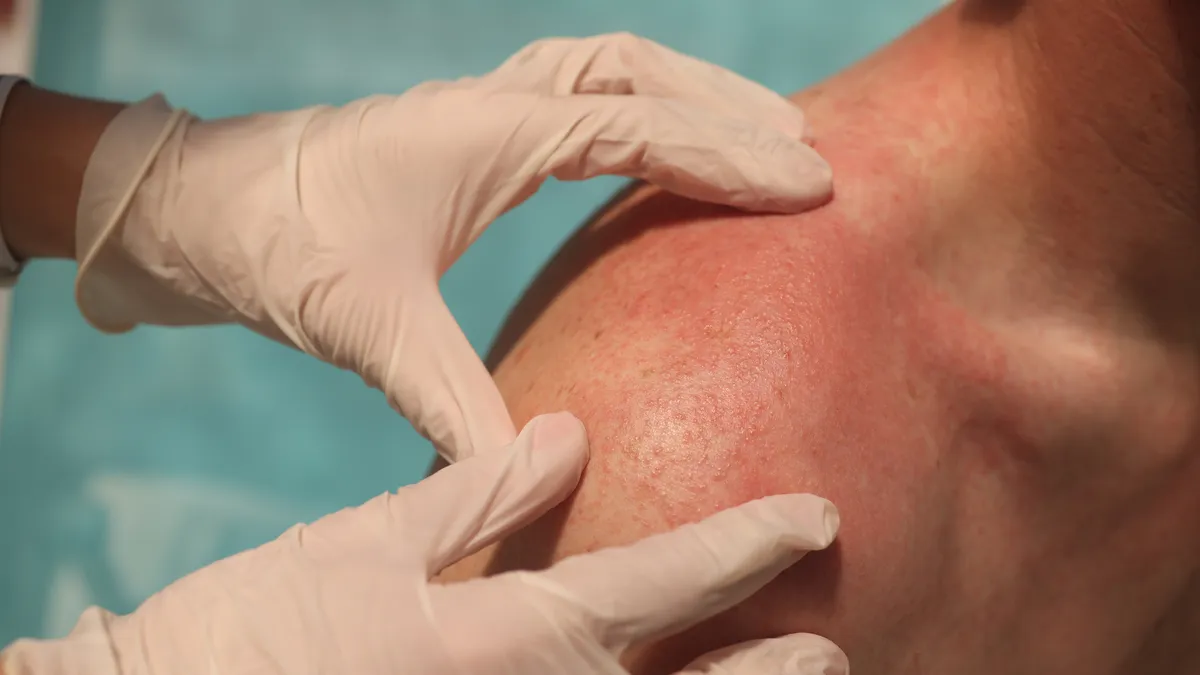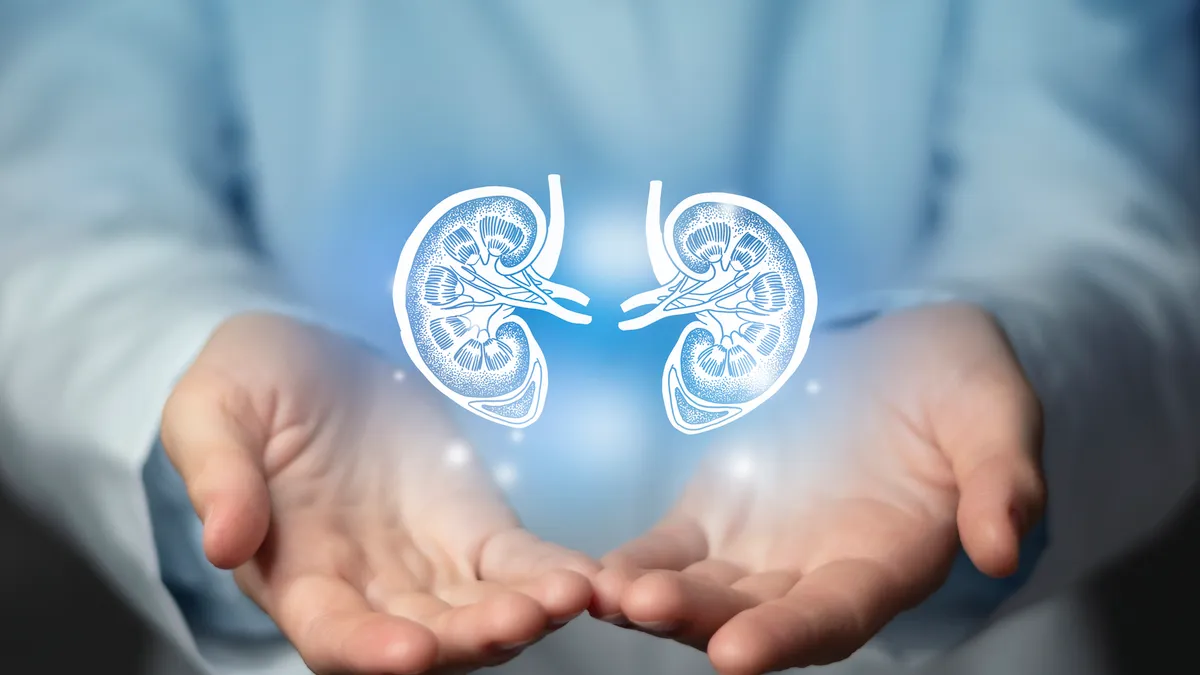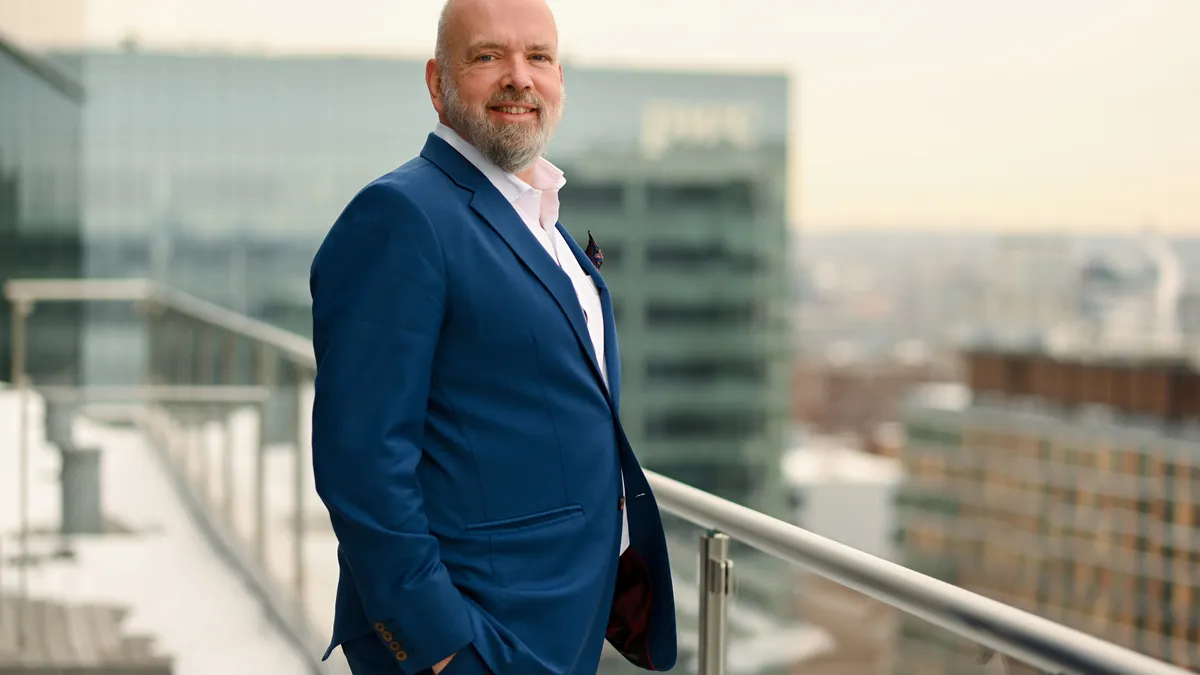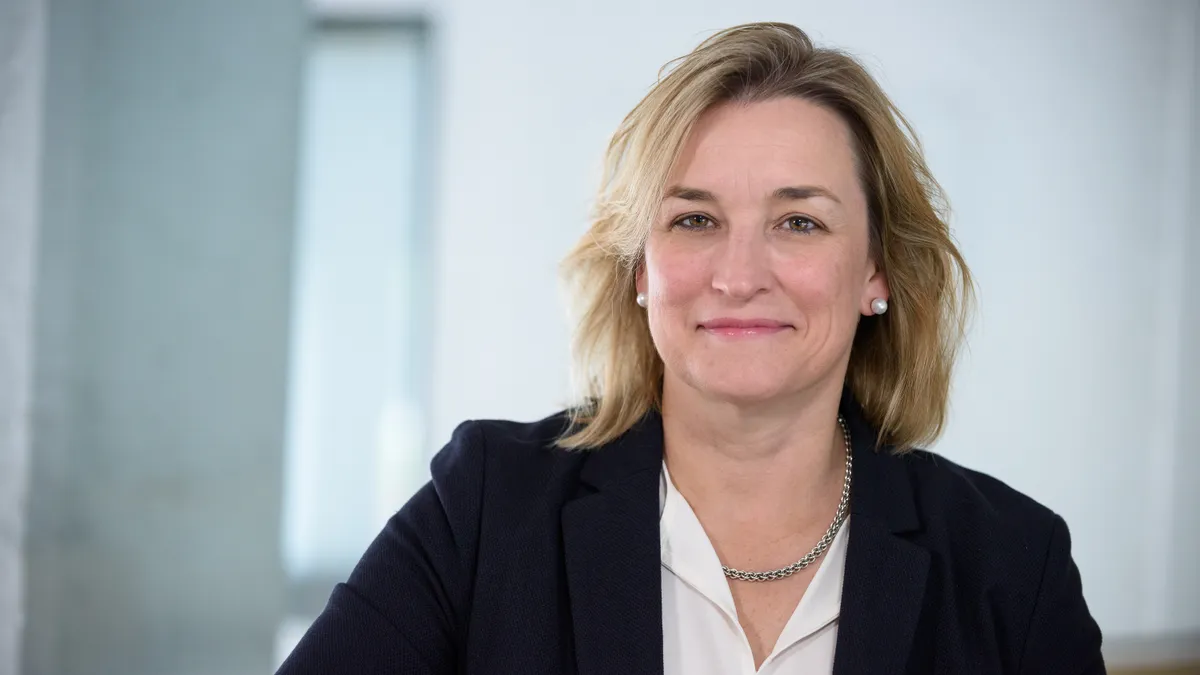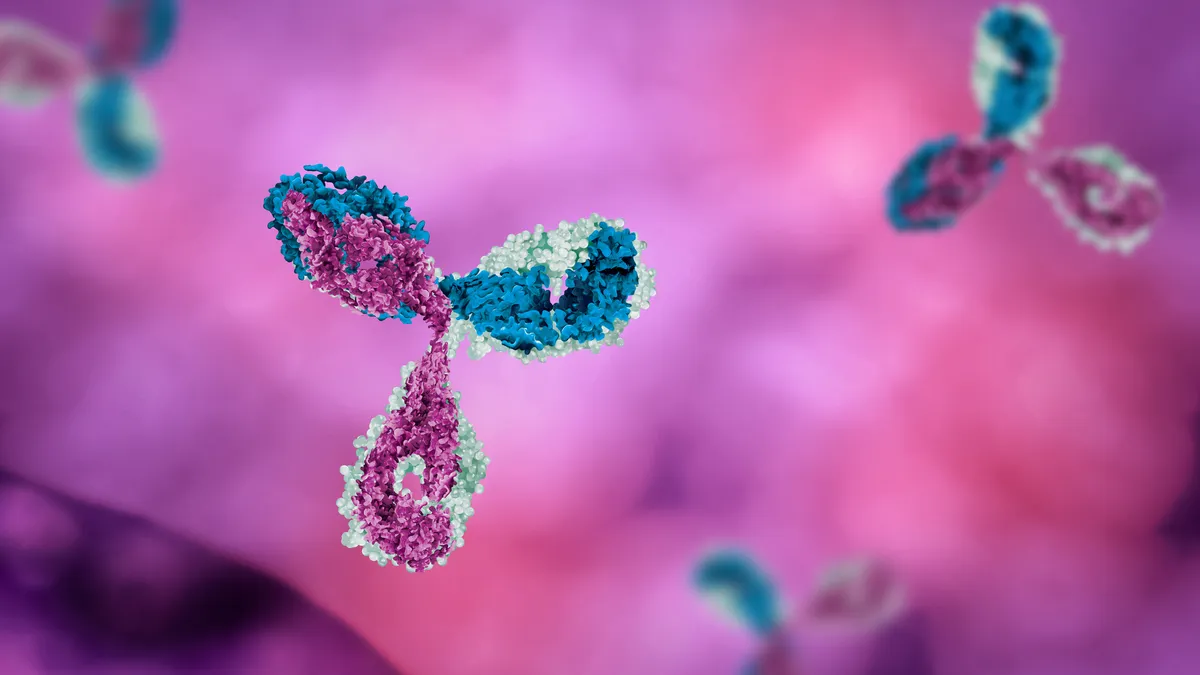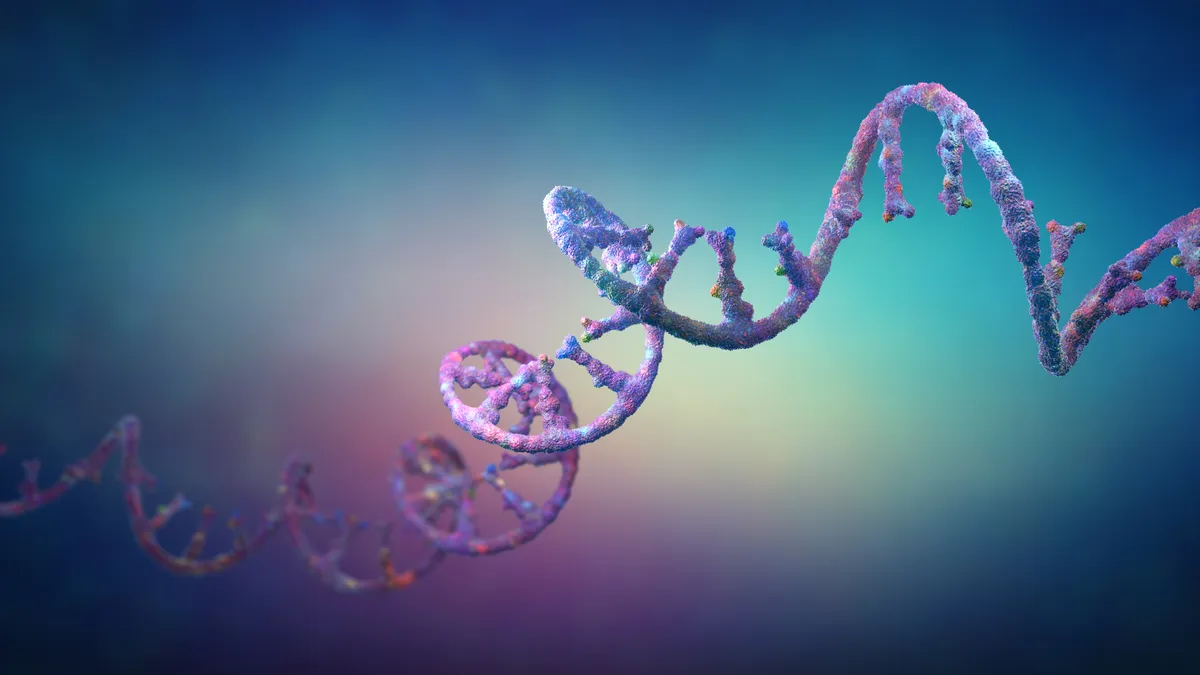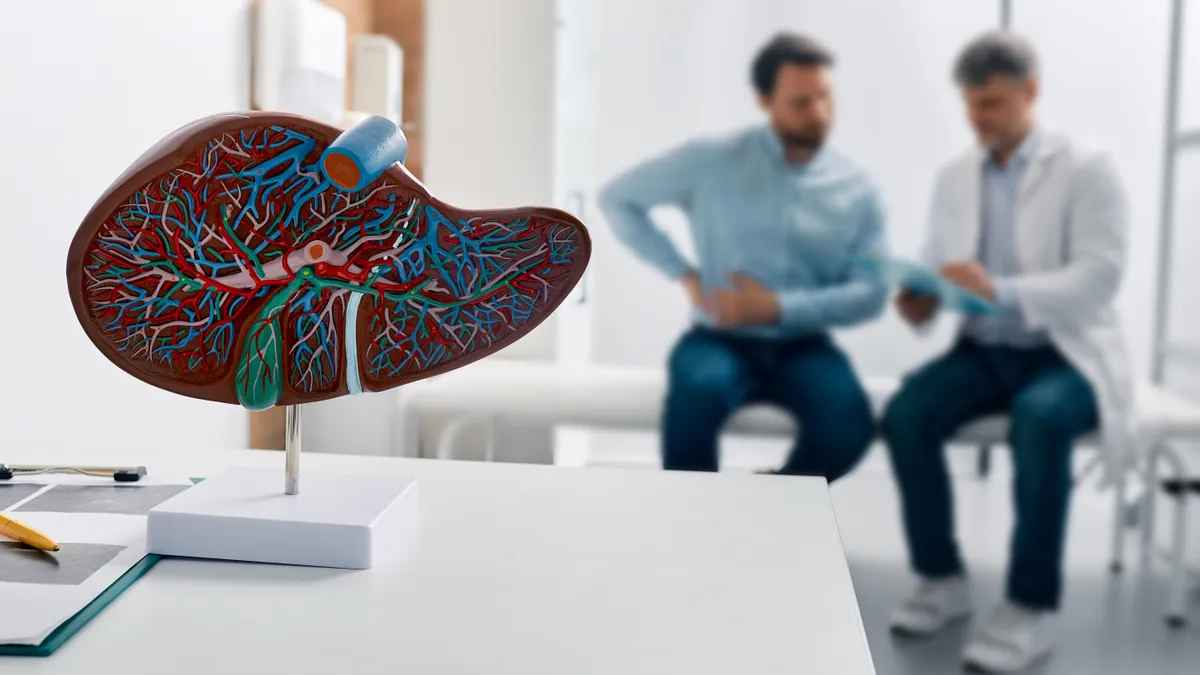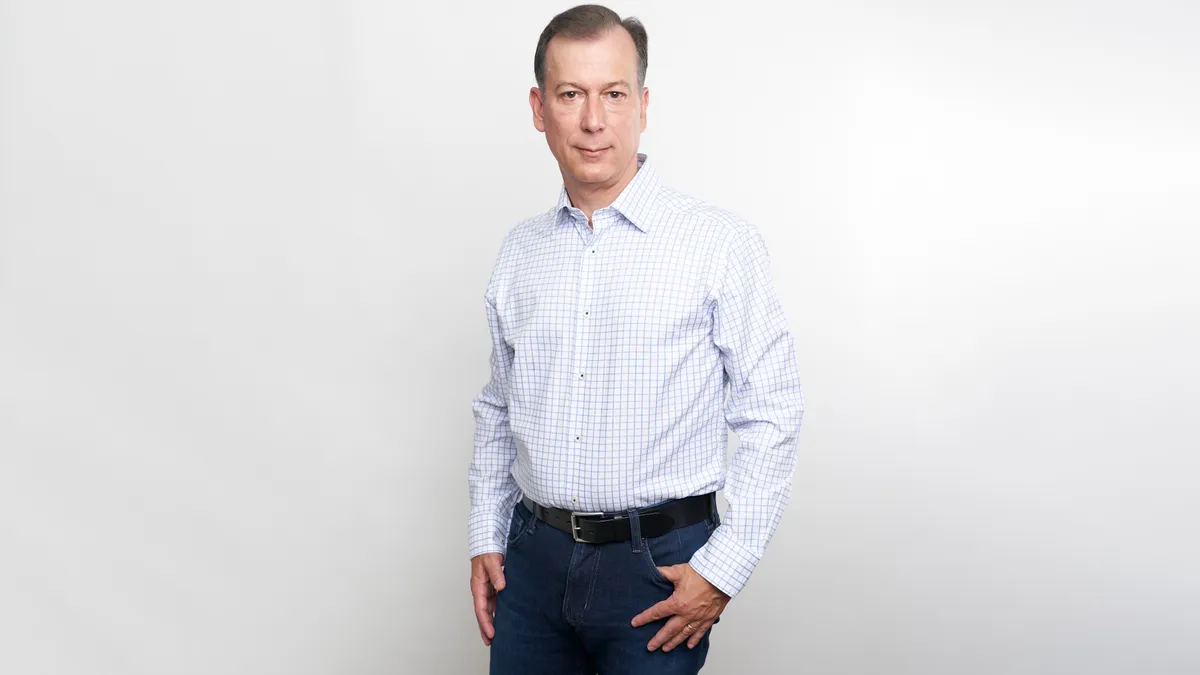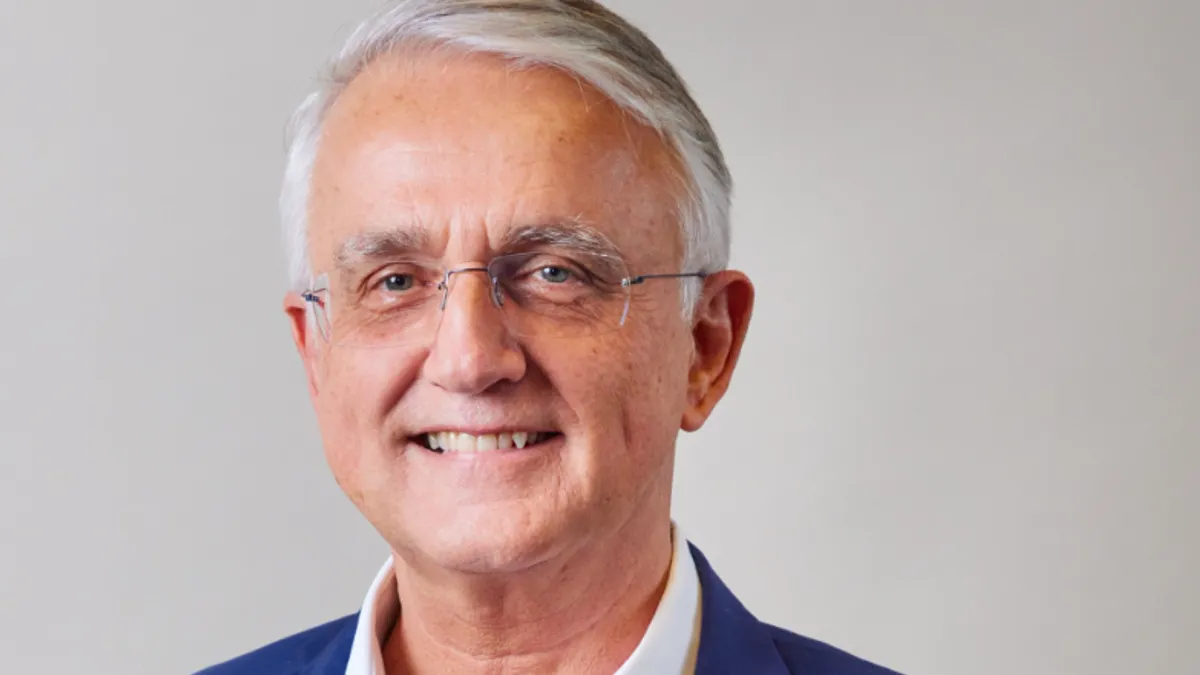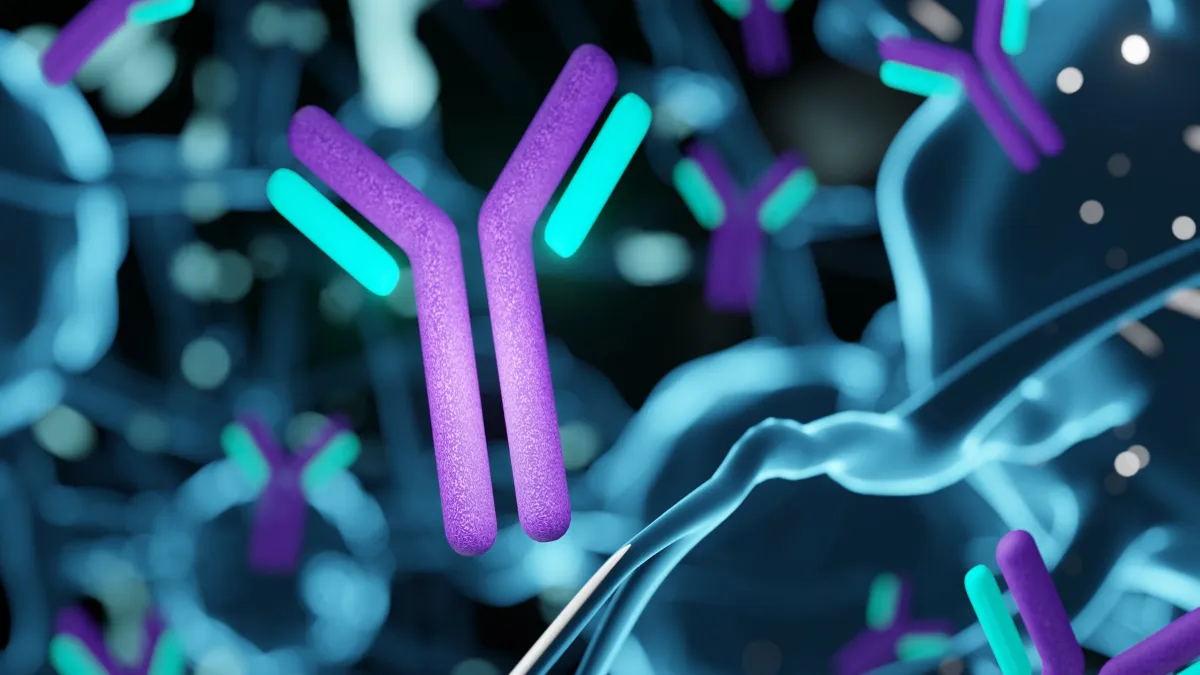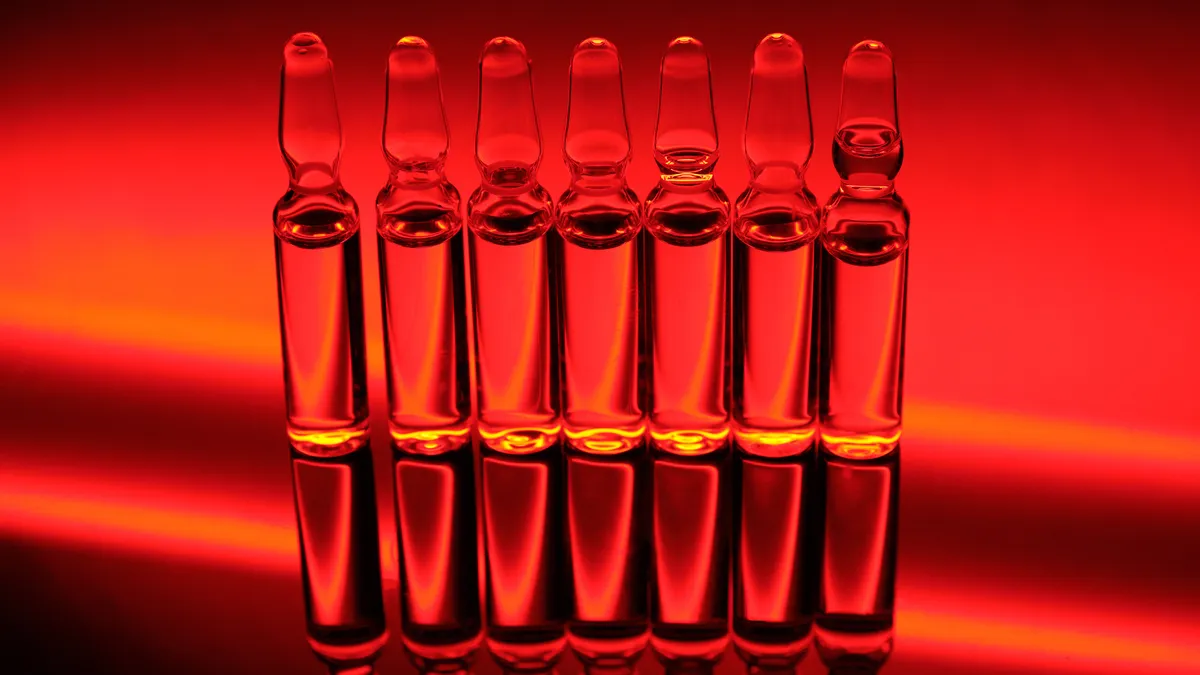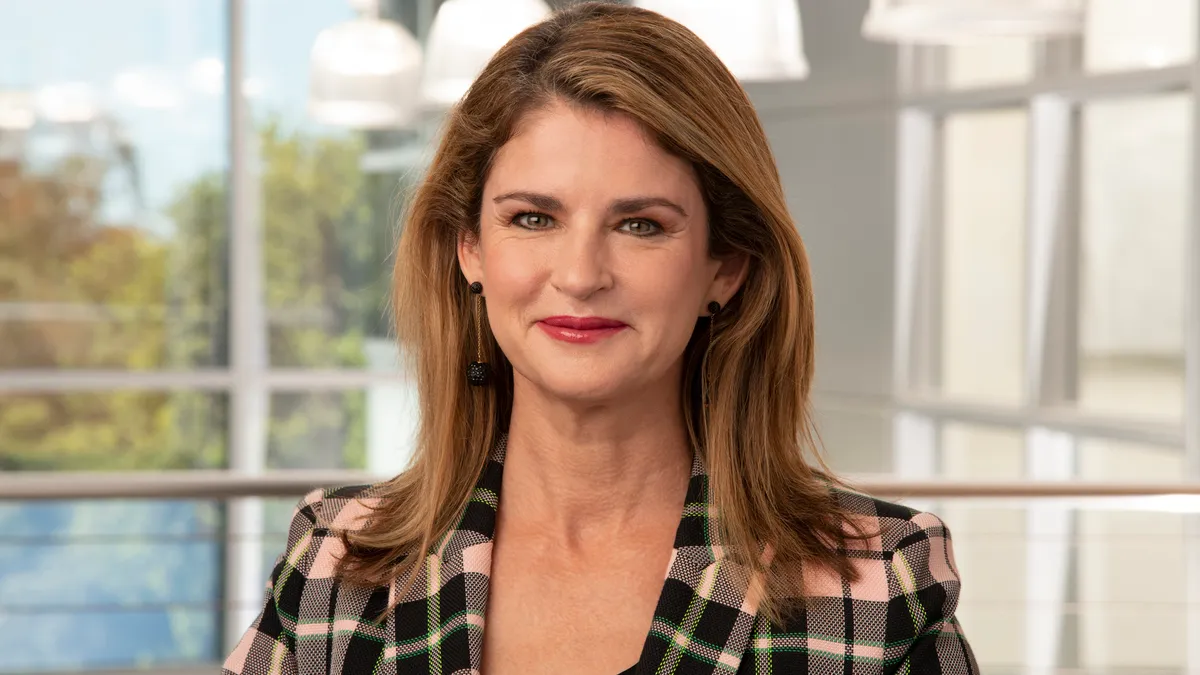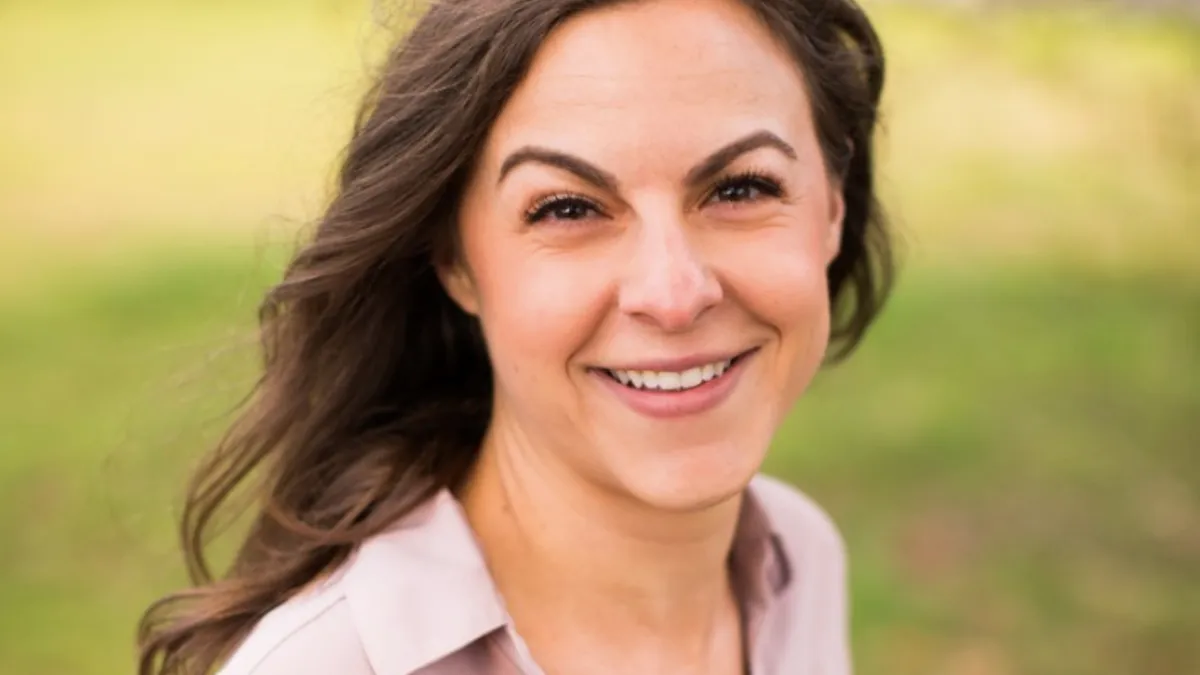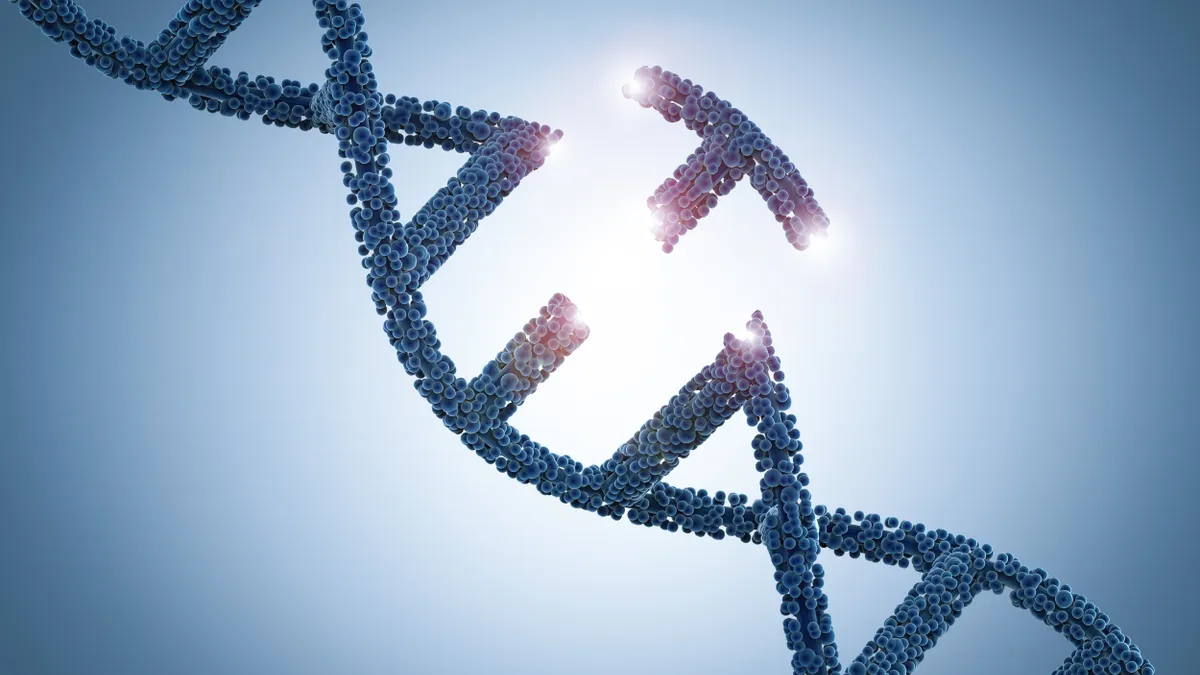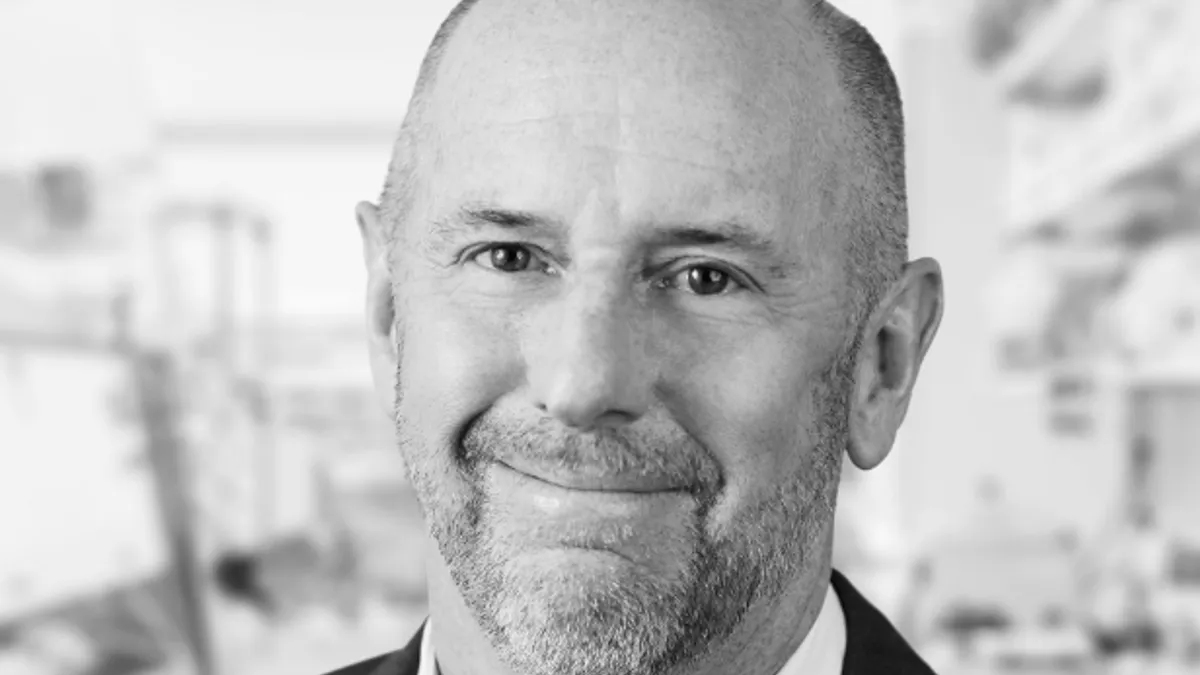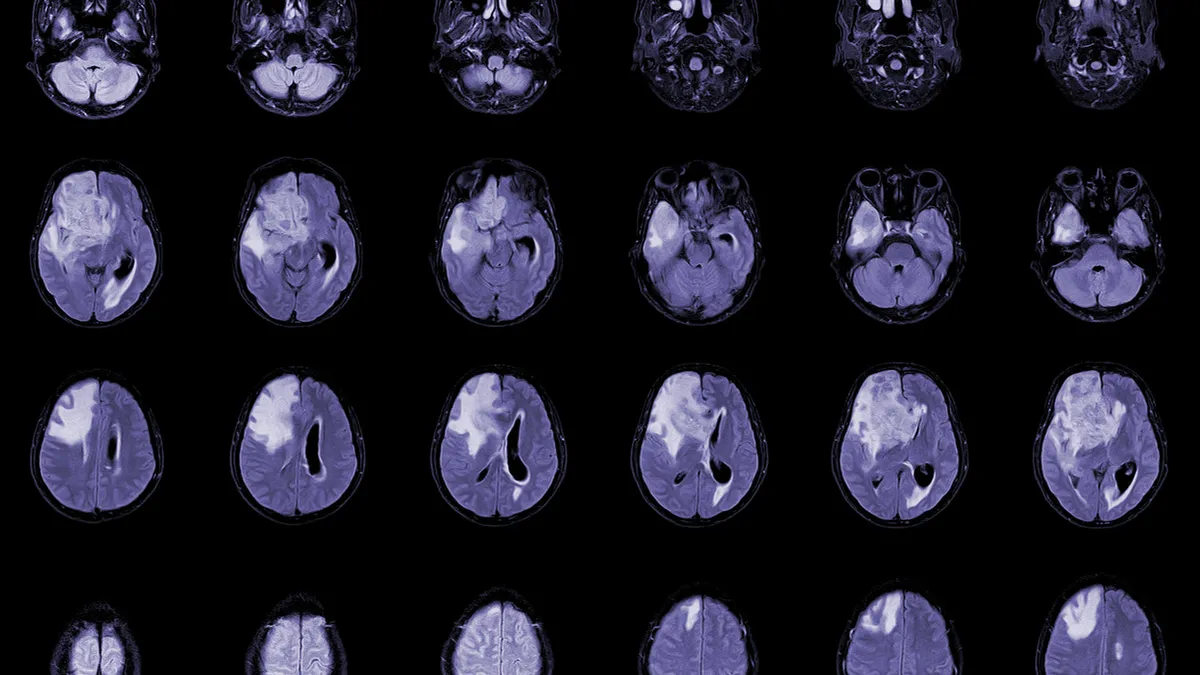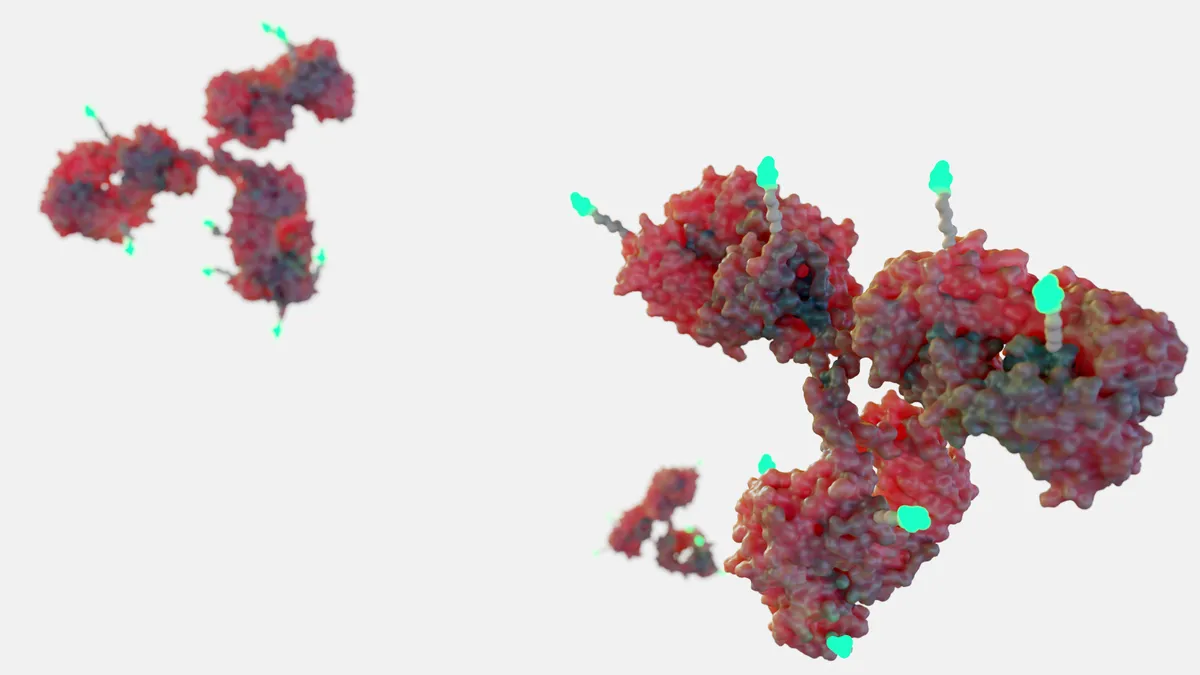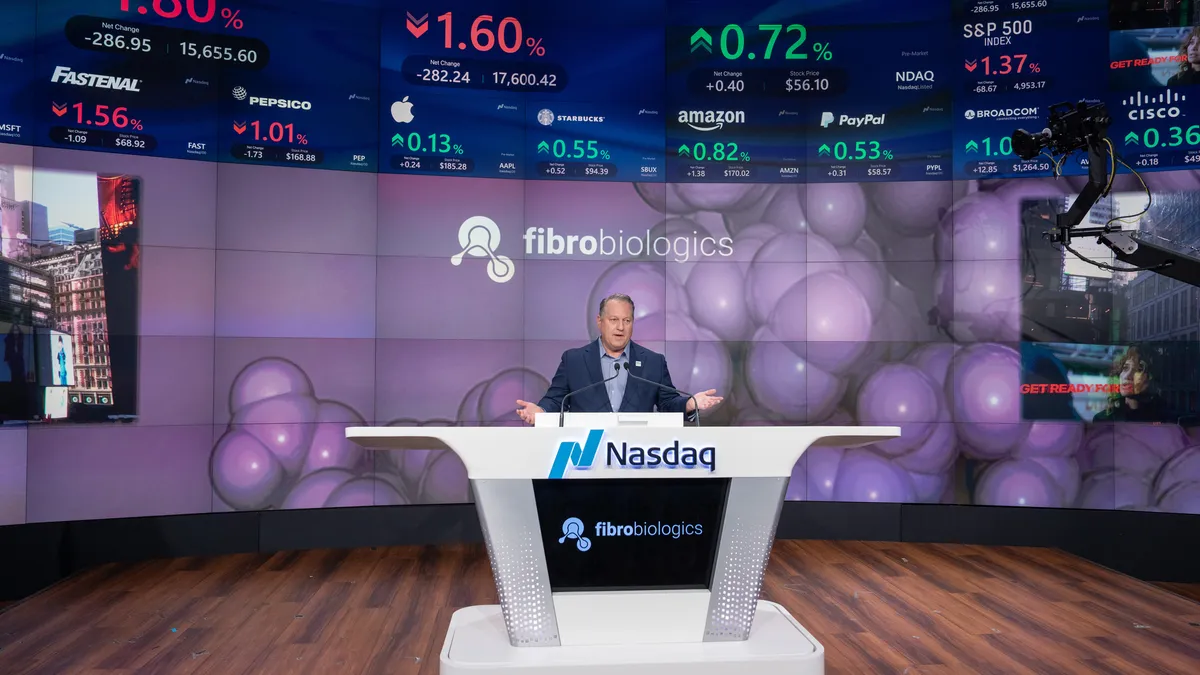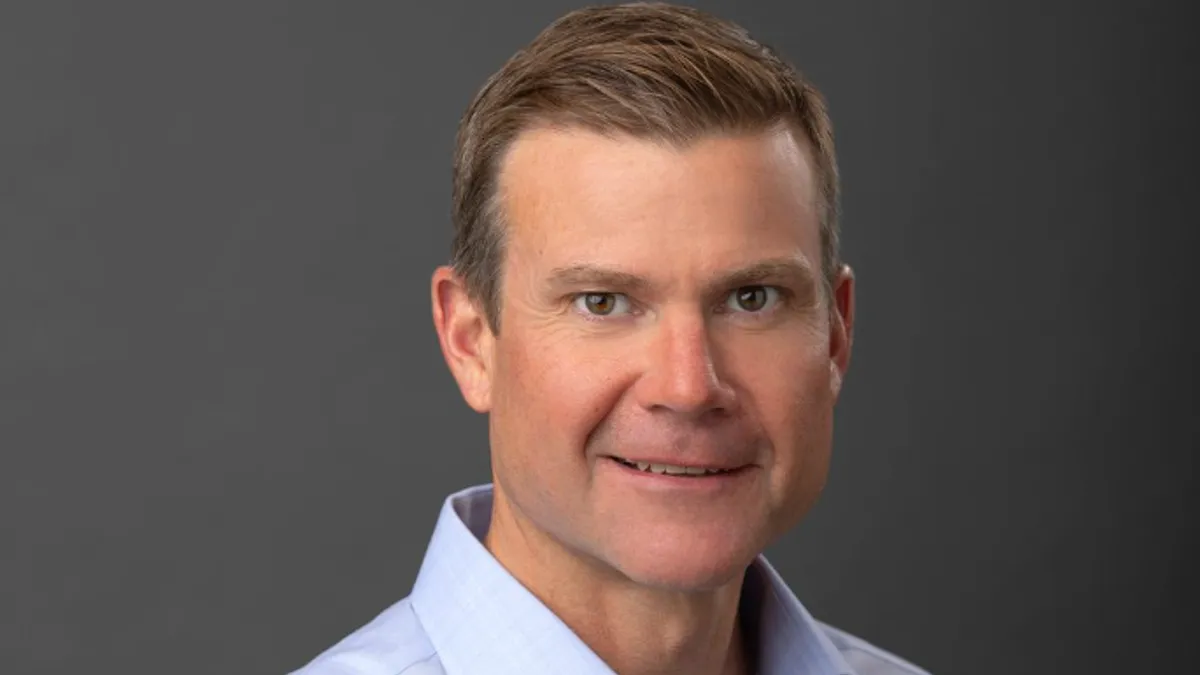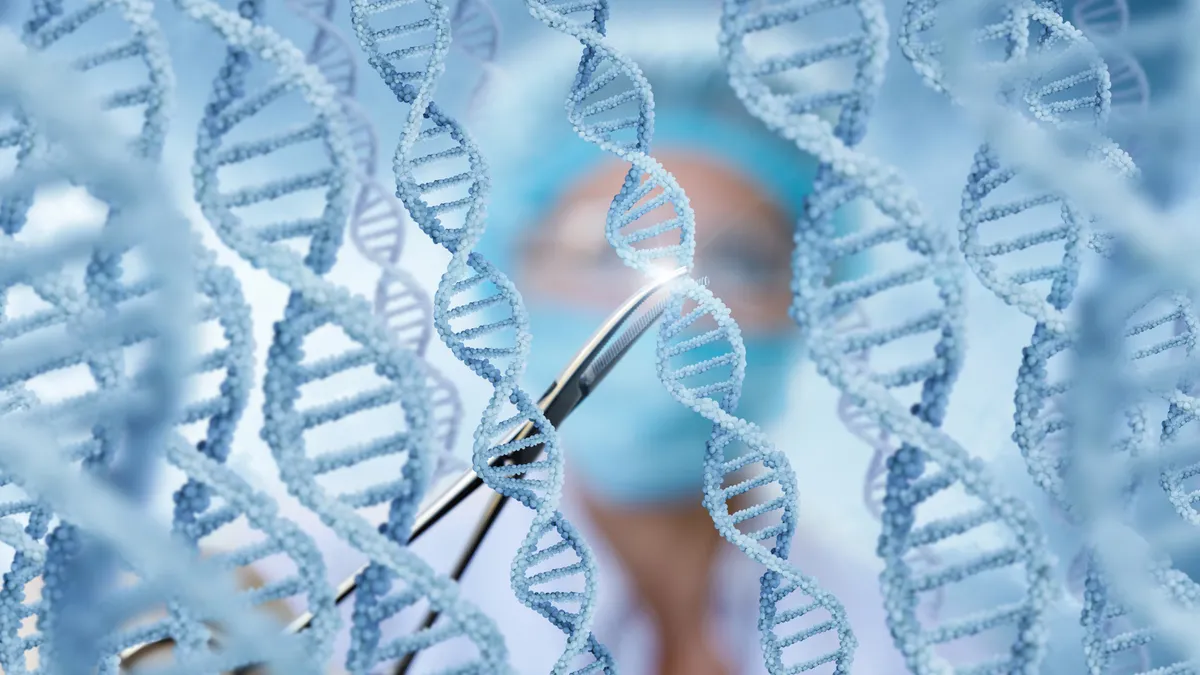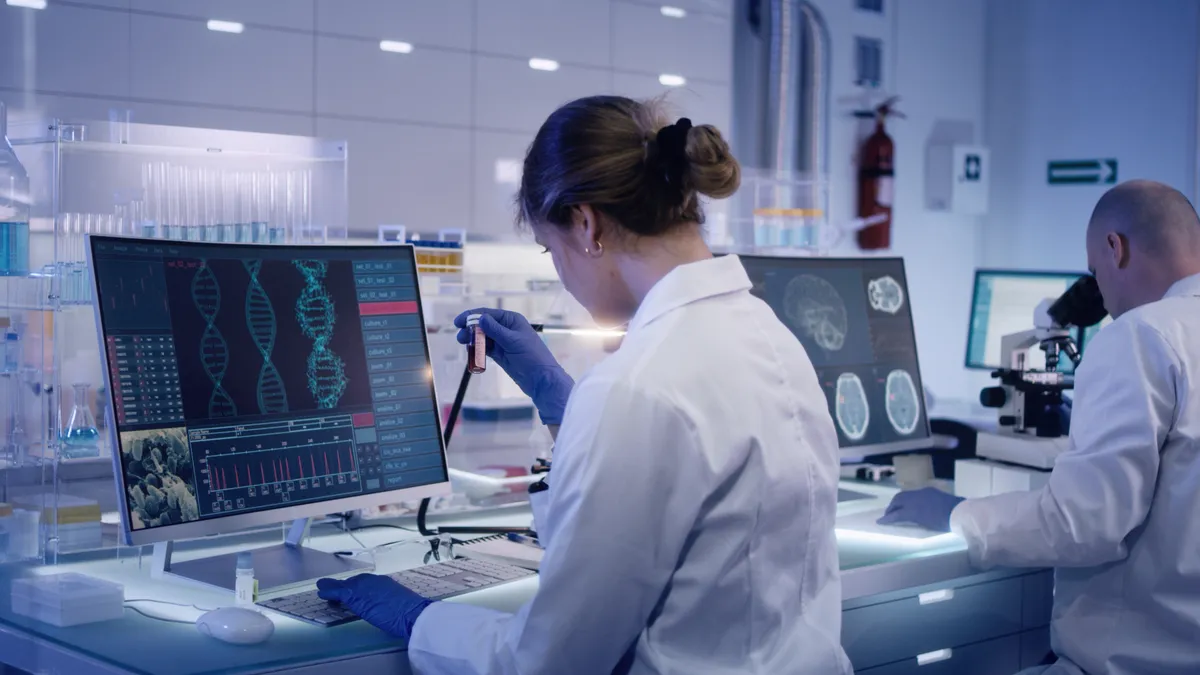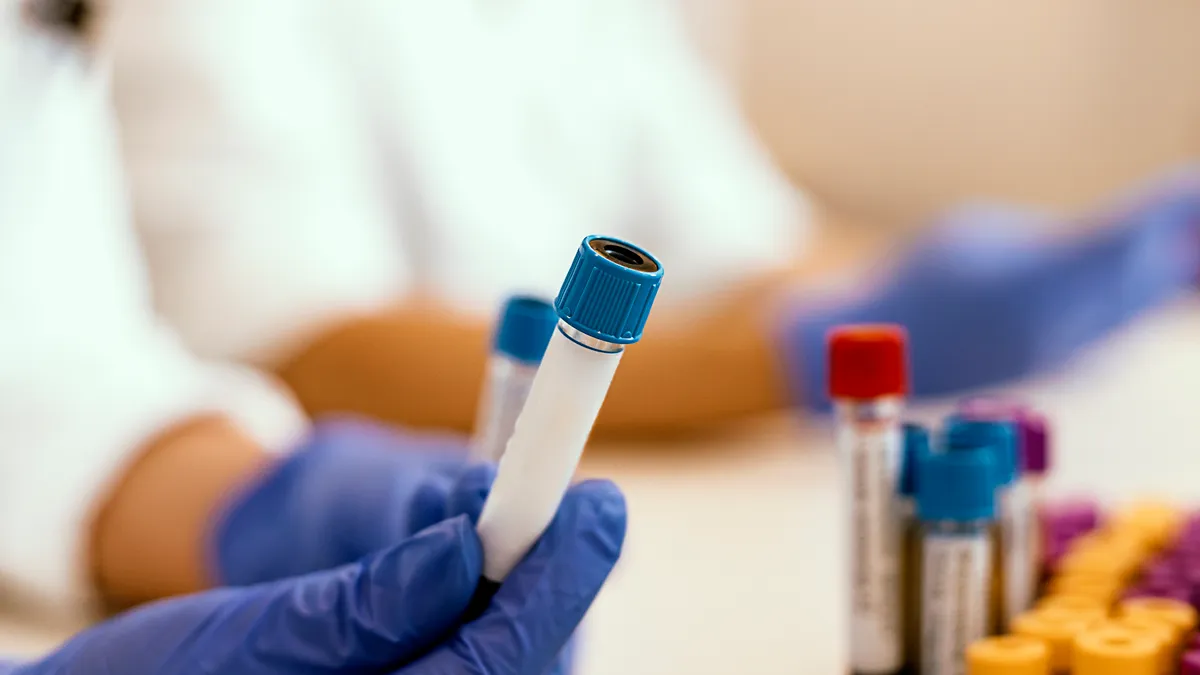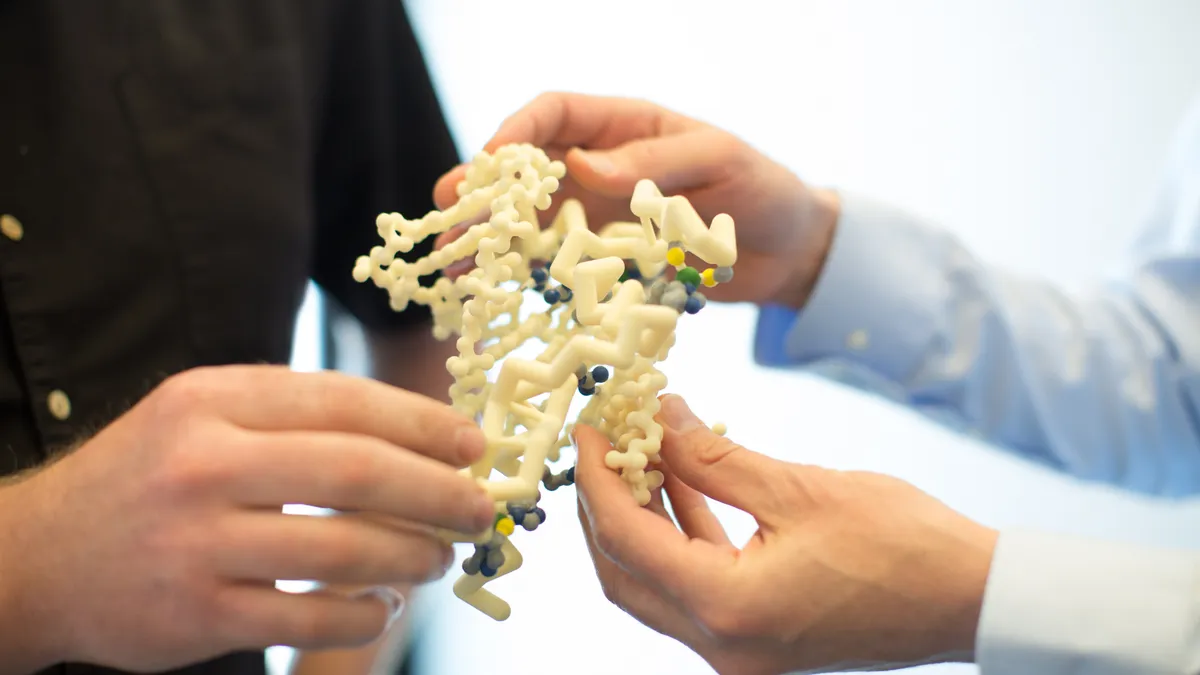Welcome to today’s Biotech Spotlight, a series featuring companies that are creating breakthrough technologies and products. Today, we’re looking at Cytokinetics, which is targeting diseases associated with poor muscle function and fatigue.
In focus with: Dr. Fady Malik, executive vice president, R&D, Cytokinetics
Cytokinetics’ vision: With more than 25 years of science behind its mission to advance muscle biology-driven treatments for diseases characterized by compromised muscle function, weakness and fatigue, Cytokinetics is now awaiting word about a PDUFA application for its lead product omecamtiv mecarbil, a first-in-class “selective cardiac myosin activator for the potential treatment for heart failure with reduced ejection fraction (HFrEF).” The FDA is slated to render a decision Feb. 28.
At a glance: Malik, a cardiologist, and one of Cytokinetics first employees, is pragmatic about the compound’s chances after it received negative FDA advisory committee review in December despite meeting its primary endpoints. Malik noted that while the setback was disappointing, the drug did show positive results for patients who had more severe cardiac function.
“We ran a very large trial which was positive. It was statistically significant, had a positive impact on clinical outcomes, but the magnitude of benefit in what was a broad heart failure population was modest,” he said. “But there was a clear group of patients with worse cardiac function in whom the benefit was substantially larger. The advisory committee was not as flexible as I would have hoped. But in the discussion that followed about the patients who have worse cardiac functions was different. There were two or three panels that were much more positively inclined. We still believe very strongly, as does most of the heart failure community who work with these patients, that this drug has a benefit.”
Typically, a negative ad comm recommendation tanks a company’s stock, but Cytokinetics’ shares went up as investors saw it as a “clearing event” to focus on aficamten, another drug in the pipeline that Malik also oversees for the treatment of hypertrophic cardiomyopathies (HCM).
“We think aficamten has potential advantages for patients,” he said. “And it is now in the midst of a phase 3 trial that would hopefully provide us either our second approval or our first approval, should omecamtiv mecarbil not get approved.”
Cytokinetics also has a drug in the pipes — reldesemtiv — for the treatment of ALS.
“We’ve worked in ALS for over 10 years now and have probably enrolled more patients in ALS trials than anybody in the last decade,” Malik said. “We’ve grown a real attachment to the community of patients, which is a remarkable patient group. They’re saddled with a tremendously burdensome disease, and ultimately (it) is fatal. We developed this mechanism of action, not necessarily specifically for ALS, but to improve skeletal muscle function. And then ALS kind of found us.”
Why it matters: Cardiac disease and heart failure remain among the leading incidences of death in the U.S. Cytokinetics’ lead product takes a pioneering approach to increase cardiac function. And with just a handful of drugs approved to treat various aspects of ALS, it’s an indication in need of new innovations.
Here, Malik discusses the company’s founding, its unique technology and its priorities moving forward.
This interview has been edited for brevity and style.
PHARMAVOICE: How did Cytokinetics come to be?
DR. FADY MALIK: I was the first employee at Cytokinetics, outside of the first CEO whom I joined to help launch the company along with several others. My journey embarked as a physician-scientist. I committed to doing an M.D. and Ph.D. and joined the medical scientist training program at (University of California San Francisco) and this took me to working with one of our company’s founders — Ron Vale — to do my thesis work. I spent about four years in his lab. I finished my Ph.D. and left the lab, wondering if what I did here will ever be applied to medicine. Next, I wanted to develop a translational project as I was working on the fundamental mechanism of how motor proteins work.
I went back to medical school (and) finished my training. I became a cardiologist and was just about to embark on an academic career when (Vale and I) had lunch and he told me Cytokinetics was formed. He and the other founders were just about to embark on recruiting the first people to help launch the company. And as we started talking, I grew more interested. A lightbulb went off for me. This is kind of what (I’d) been aiming to do for years. This was a company being founded in an area in which I was already (an) expert. It was with a group of people that I respected tremendously and knew quite well. I made a decision to take a right turn and join Cytokinetics as its first scientist and changed my path.
We quickly grew to a core nucleus of scientists and business people. Robert Blum, our current CEO and president, joined us at that time and we embarked on building a company that was based on the learnings of the founders and their labs and developed our first drug, which was in oncology. They were inhibitors of (a) motor protein that is essential for the division of cells called mitotic kinesin. But while working on that project, I worked on kinesin as a graduate student, but as a cardiologist, I was more interested in the motors that powered muscle contraction, myosin, which is a different motor but works in a similar fashion. Through the work I was doing on these mitotic kinesins I came across the idea that instead of inhibiting myosins we could potentially activate myosins. We could increase their function. As a cardiologist, that had appeal because there was a heart failure condition where the contractility of the heart is reduced, the heart is weak, or the muscle doesn’t work as well.
"We have multiple irons in the fire, and over time we hope to build a sustainable and dynamic company for the future, and become a leader in cardiology innovation."

Dr. Fady Malik
Executive vice president, R&D, Cytokinetics
I had the idea that we can maybe make a drug that would activate myosin, the fundamental motor protein and force generator in the heart, in a way that would increase the contractility of the heart and potentially serve as a therapeutic for people with heart failure.
After pitching the idea to others at the company, we began to develop our sarcomere-based biology platform that we’ve used extensively to develop all the drugs we have in the clinic now. A few years later, omecamtiv mecarbil was discovered.
We continue to expand our thinking into other areas and we developed inhibitors of cardiac myosin that we’re studying in another disease called hypertrophic cardiomyopathy and activators of skeletal muscle that have been studied in certain neuromuscular diseases, like myasthenia gravis, ALS and spinal muscular atrophy among other diseases.
How has the science of activating proteins evolved?
At first, we were working to find inhibitors of mitotic kinesins and there are several of them. And one day looking at the data that we generated from a screen of compounds there was one particular kinesin that had a lot more activators than inhibitors.
And that was the inspiration. I couldn’t think of an application for an activator of a kinesin, but being a cardiologist brought me to thinking about whether we could activate myosin. I didn’t know if we could, but I knew how to do the experiment and find out. Ultimately, we did that first screen and we found several activators and that was the beginning.
At the time, protein activation of enzymes was a novel idea. As we began to work in the field of activating myosin and present and publish data it became less novel. Now, there are other drugs that function as activators and I think people saw our research and became open to the concept that enzymes are not just inhibited but they can be positively activated as well.
How does the activation work?
Sarcomeres are complicated biological structures and we had the advantage that we knew how to work with them. There’s a barrier of entry, if you will, to others in the field. But they took the idea of activation and applied it to their own areas of research.
The basic premise is that a sarcomere is a structure that’s comprised of filaments that are anchored at their ends. And if you could see me, I would have my fingers interlaced with one another and where my hands are is the anchor and my fingers are the filaments. They’re called actin. And in between the actin filaments are the myosin filaments. Essentially, it’s like a tug of war. The myosins reach up, grab that thin filament and pull on it, and that causes the sarcomere to shorten.
Now, not every myosin is involved … it’s an inefficient tug of war. Only maybe 5% to 10% of the myosins participate in every heartbeat. Myosin activators like omecamtiv mecarbil facilitate the positioning of myosin so it’s more likely to be able to bind to that thin filament during the cardiac cycle. So, the more hands on the rope you get a few more myosin, which means more force being produced. Because myosin is a very efficient motor, it’s a very energy efficient way of increasing cardiac function.
How did aficamten come about?
We also started to look for inhibitors of myosin to treat a genetic disease called hypertrophic cardiomyopathy in which genetic mutations in the sarcomere lead to excessive contractility, which is the opposite of the type of heart failure I was talking about. With this disease, now we have too many hands on the rope. Probably about 15 years ago, we conceived the idea of using inhibitors to reset the balance in the sarcomere.
Along the way, there were lots of twists and turns in our journey as we began this program. And at the time we didn’t have the resources to develop it. So, we helped launch another independent company that was funded by a venture capital firm to develop this concept, which they did. Eventually, the drug called mavacamten was approved as cardiac myosin inhibitor. Several years ago, we re-entered the field and began to develop a next-in-class molecule, which is aficamten.
What’s next for Cytokinetics?
We are unusual in the sense that we’ve continued to do early research. This year we will file another IND and bring another molecule into the clinic. We look to expand beyond the sarcomere and to other mechanisms that might benefit muscle function. It’s a bit of a juggling act and we always need to prioritize. We can’t always do everything all at the same time. In some ways, our ALS program had to wait until our hypertrophic cardiomyopathy program got to a certain point. And when it did, then we had the wherewithal to begin, to plan and initiate the phase 3 trial in ALS. It’s like moving the pieces on a chess board forward. You move them one square at a time. You don’t necessarily take one pawn and move it all the way up to the top, but we are trying to build a company that doesn’t pivot on one thing, we have multiple irons in the fire, and over time we hope to build a sustainable and dynamic company for the future, and become a leader in cardiology innovation.








